
Author’s note: I penned this piece months before the recent Russian invasion of Ukraine. While Vladimir Putin has shown himself to be a proper world-class villain, the story of the young Russian soldier depicted here remains nonetheless poignant. My prayers are with the brave people of Ukraine.
Why do soldiers fight? The movies and government propagandists would have us believe it is for grand causes. Young folk go to war to free people from oppression or defend their homeland against soulless invaders. To a degree that is true. Soldiers may indeed go to war for such stuff as this. However, what keeps them in the suck is invariably their friends.
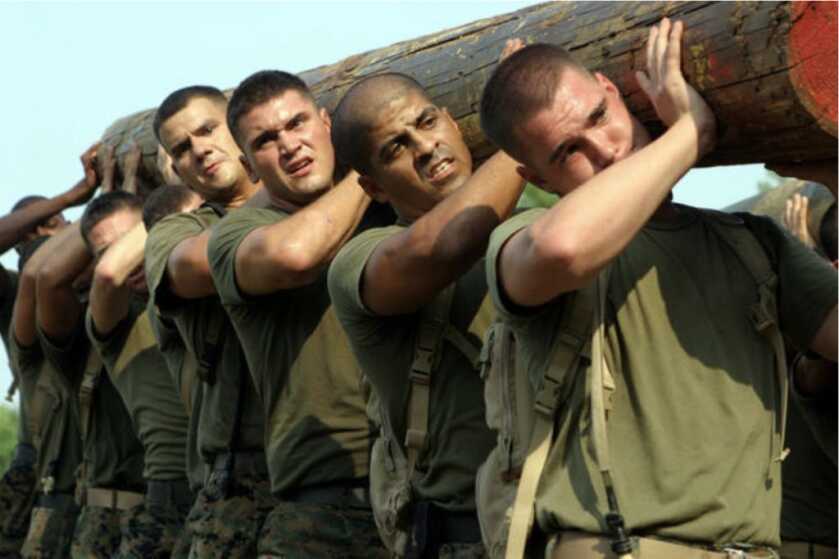
It’s tough to capture in prose the nature of the relationships you develop in the military. The Army is really, really good at this. As an institution the Big Green Machine takes young impressionable people, makes them collectively miserable, and then subjects them to some corporate threat. That threat can be a city full of bloodthirsty terrorists, a miserable protracted field exercise, or some sadistic drill instructor. This time-proven technique is what turns a mob into a tribe. A mob is a chaotic ineffective rabble. A tribe can become a shockingly efficient killing machine.

This process is indeed timeless. Whether it is Leonidas’ Spartans arrayed at the Hot Gates or an SAS team on a Scud-hunting mission in Iraq, once you are part of the family there is literally no limit to the sacrifice some members of the tribe will make on your behalf. It’s actually quite the beautiful thing up close.
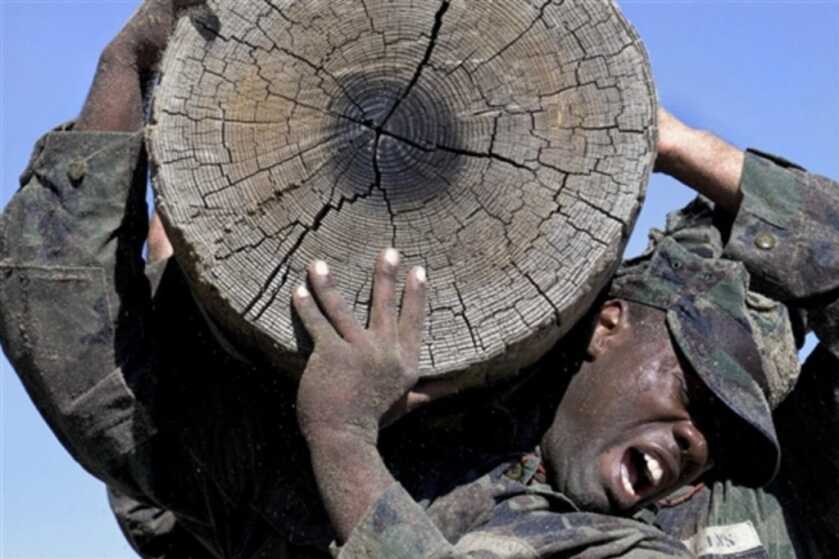
There is a reason young people make the best soldiers. Old guys think too much. However, when you’re nineteen your entire world can be your friends and the moment. That can lead to some of the most extraordinary stuff.
Background
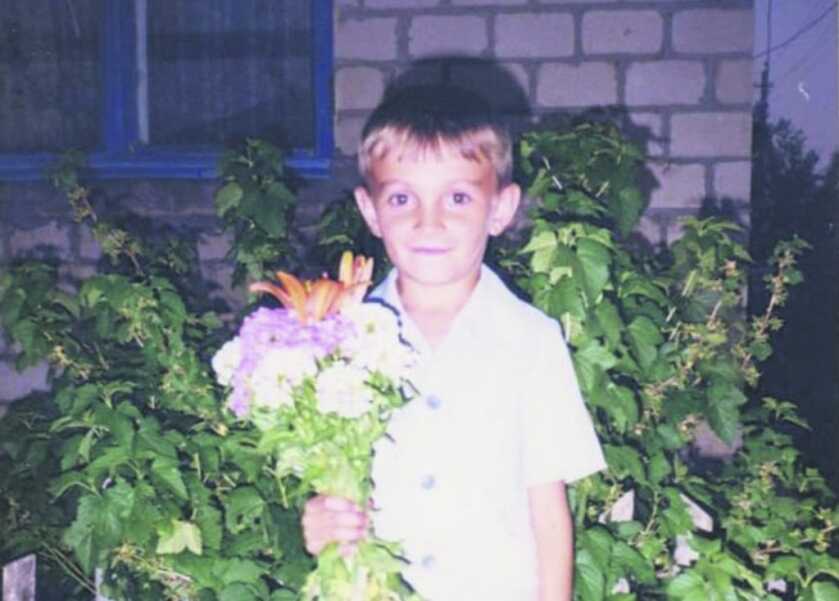
Alexander Prokhorenko hailed from the village of Gorodkhi in Orenburg Oblast. He completed secondary school in 2007 and was accepted into the Orenburg Higher Anti-Aircraft Missile School. A year later the Missile School closed and Prokhorenko transferred to the Academy of Military Air Defense of the Armed Forces of the Russian Federation where he thrived. He graduated with honors and assessed into the Special Operations Forces of the Russian Federation as an advanced aviation gunner. Alexander Prokhorenko was a Spetsnaz operator.
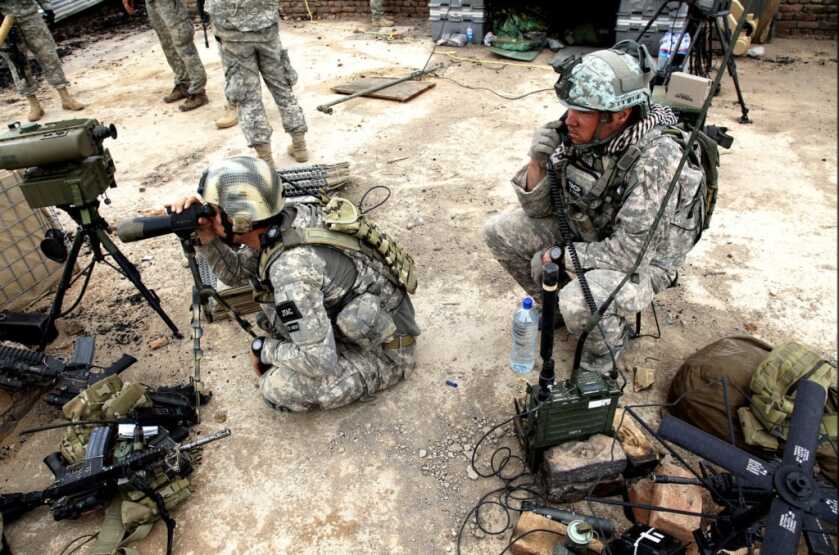
Prokhorenko was likely what we might call a JTAC (Joint Terminal Attack Controller) for tactical aviation. In the US military organization, organic forward observers are artillery troops whose mission it is to call for and direct artillery fire at the whim of the ground force commander. Back when I wore the uniform there were also Brigade-level ALO’s (Air Liaison Officers). I have no idea how they do it now, but in my day ALO’s were typically Air Force pilots who, for some unfathomable sins, were assigned to Army units to help coordinate air support for ground troops. One of the most effective I ever knew was actually a B52 pilot. The JTAC is the guy on the ground with a radio who talks the strike assets onto targets taking care to avoid hitting friendly forces. Everybody loves the JTAC. They are the guys who bring the serious pain.
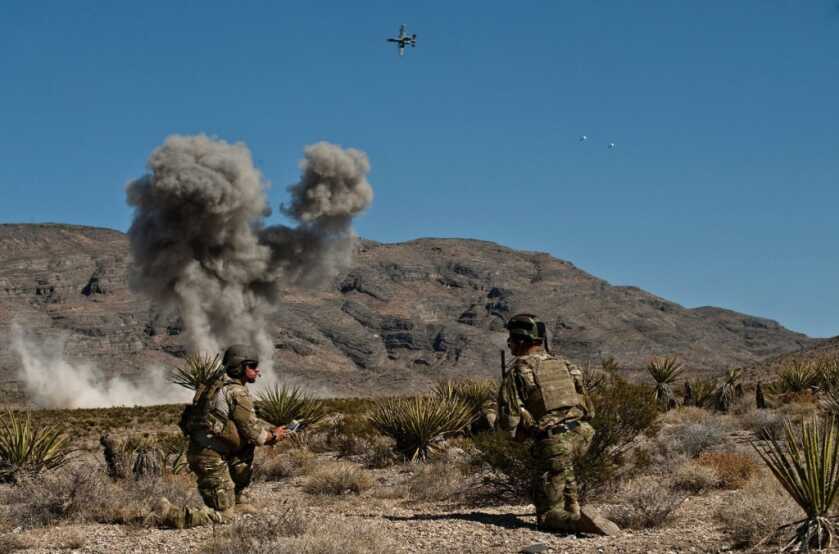
Modern combined arms military operations are incredibly complex. To be maximally efficient the overall commander synergistically employs armor, rotary-wing fire support, fast movers, artillery, and a dozen other major components of the overall whole to close with and obliterate the enemy. During Russian military operations in Syria in 2016 Alexander Prokhorenko played a part in one of these overarching missions.
The Setting
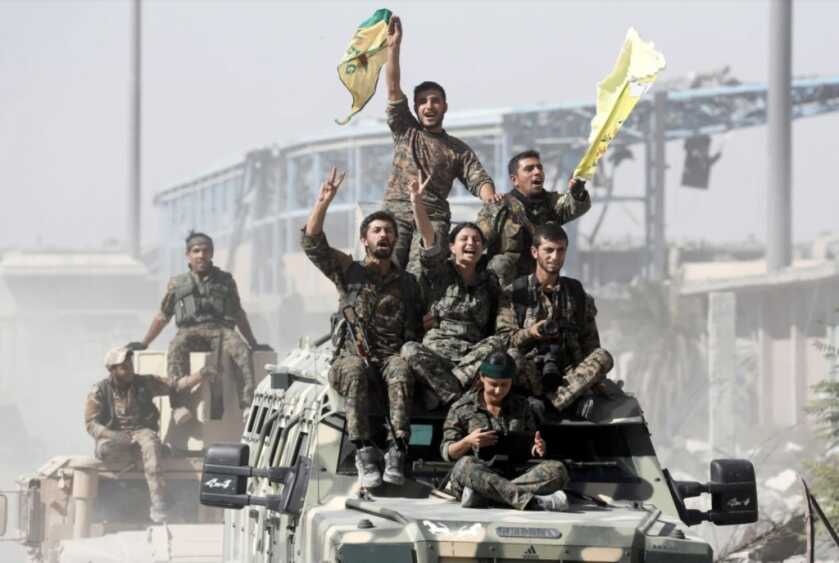
I’ll not attempt a detailed explanation of the geopolitics behind Russia’s involvement in Syria. Part of that stems from the observation that this is a complex region characterized by alliances of both convenience and blood that reach back millennia. More importantly, however, is the fact that I don’t understand it well at all myself.
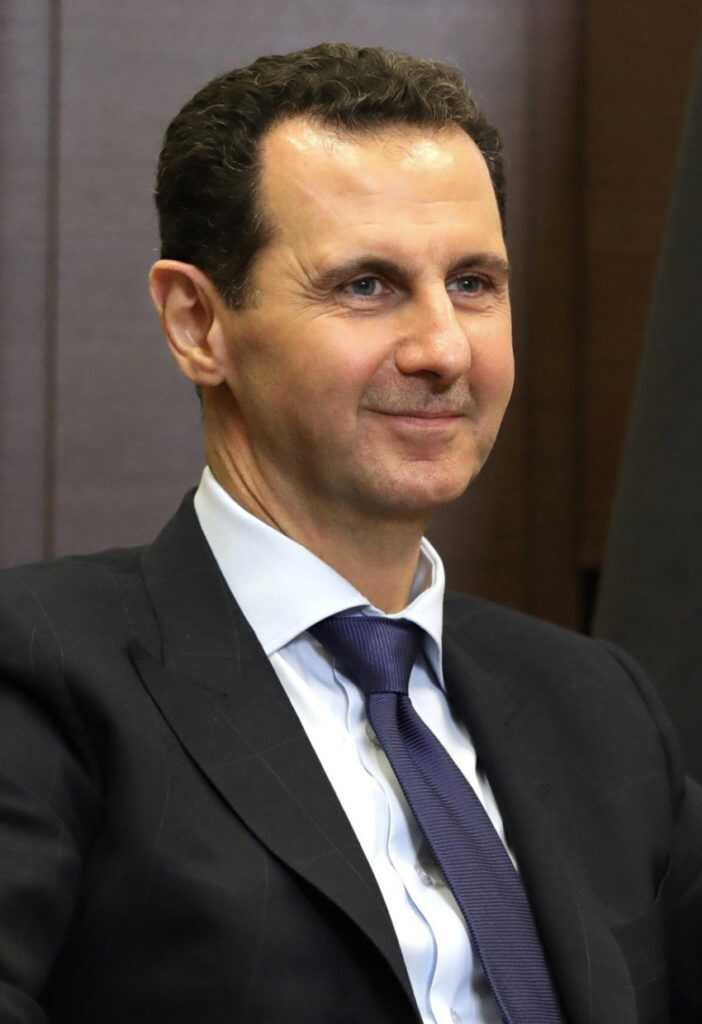
Bashar al-Assad is a really bad guy who has even used chemical weapons against his own people in a ruthless bid to remain in power. Oddly, Bashar al-Assad is trained as a physician. His title is President of Syria, but he’s really a king. He inherited power from his father, Hafez al-Assad, in 2000 and has since done literally whatever it took to retain his throne.
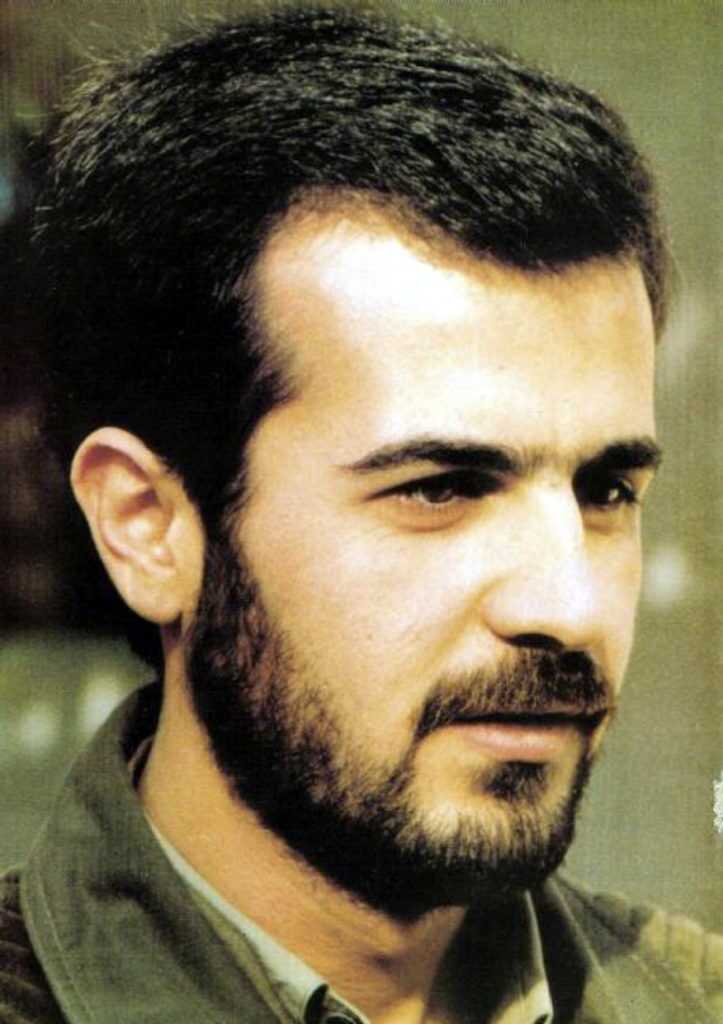
Bashar went to med school in Damascus and did a residency in Ophthalmology in London. His older brother Bassel was being groomed for the dictatorship but died unexpectedly in a car crash in 1994. This unfortunate turn of events forced young Bashar to give up a promising career in eye surgery to join the family despot business. The Russians are aligned with al-Assad’s regime.
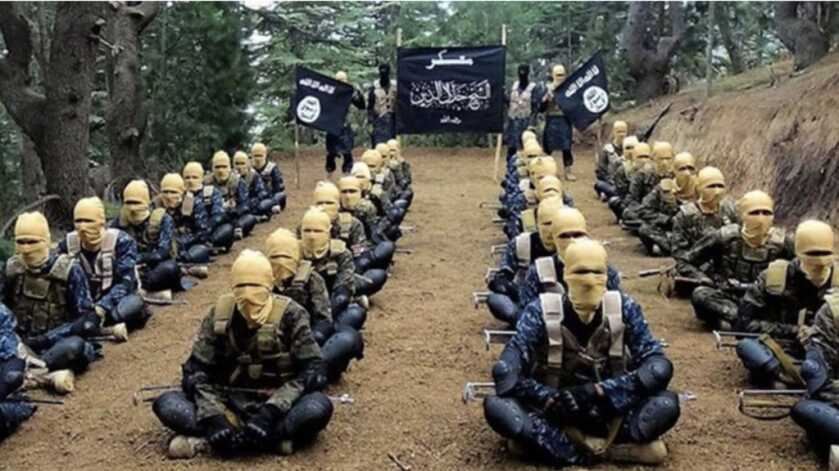
Arrayed against them, among a few others, was ISIS. There were and are scads of revolutionary splinter groups trying to throw off the al-Assad mantle of tyranny, but ISIS was the 400-pound gorilla in the room. ISIS hates pretty much everybody. They are the agents of chaos. They just want to watch the world burn.
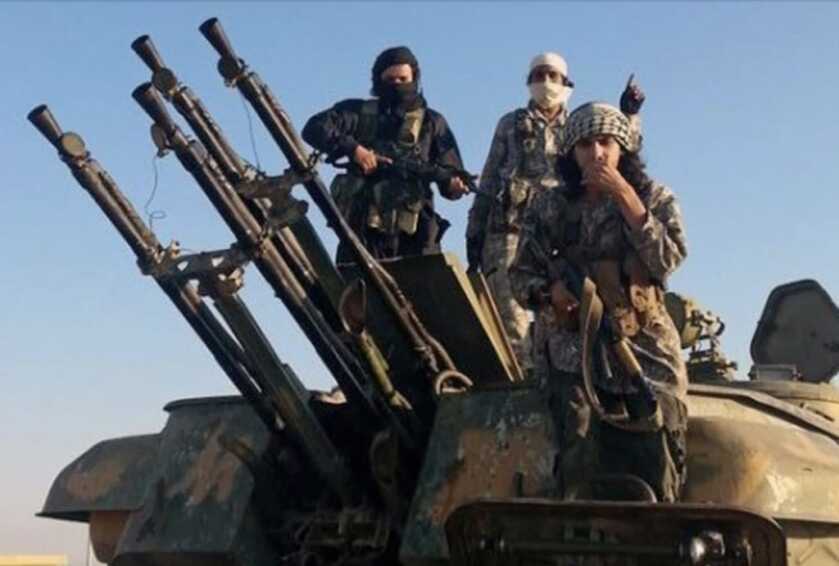
Interestingly, one of the reasons ISIS is just so bloody horrible is that they want to see the entire planet turn against Islam. This seems counter-intuitive, but to their warped corrupt calculus the more persecution they can foment against Muslims the more Muslims they can radicalize to their dark satanic cause. Like the Japanese fanatics against whom we fought during the island campaigns in WW2, the most efficient way to address ISIS combatants on the battlefield is just to blow them away and be done with it.
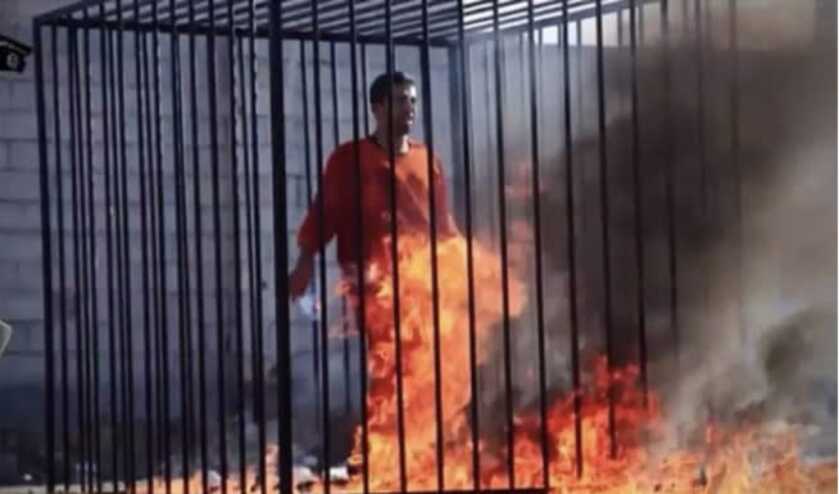
You really don’t want to get caught by these guys. ISIS has a nasty habit of publicly decapitating their POWs or, for truly special occasions, burning them alive in cages to create gory snuff films for their adoring audiences back home. When he deployed to fight in Syria with Russian Federation forces in 2016, Alexander Prokhorenko knew all this.
The Event
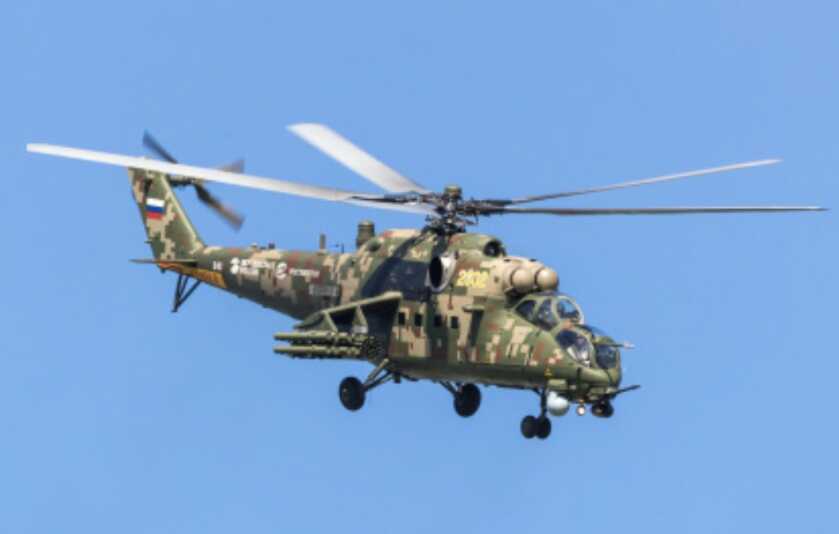
Syria is a simply ghastly place. I’ve never been there myself, but I have friends who have and to a man they agree. In March of 2016 the Syrian Arab Army launched an offensive to retake Tadmur, a strategically significant town near the ancient ruins of Palmyra in central Syria. While Syrians were doing most of the dirty work during this tidy little bloodletting, Russian air support is what kept things lively. Alexander Prokhorenko was tasked to keep the Russian ground attack assets cycling in support of Syrian Army troops.
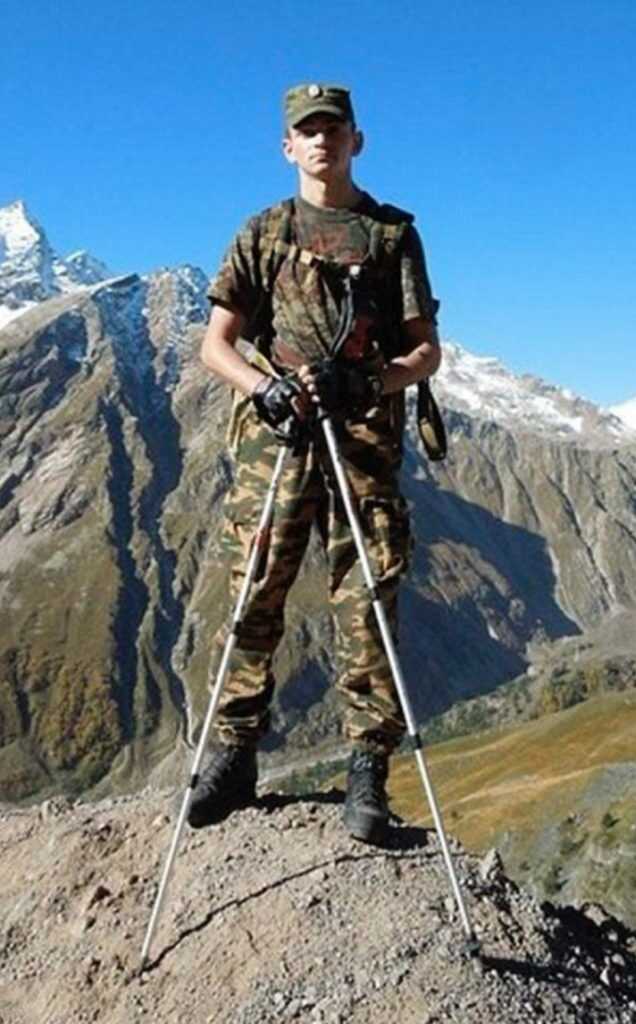
Prokhorenko was set up on high ground doing his job when he was discovered by ISIS militants. Surrounded, low on ammunition, and out of options, he called in an airstrike on his own position. Prokhorenko was killed along with his attackers.
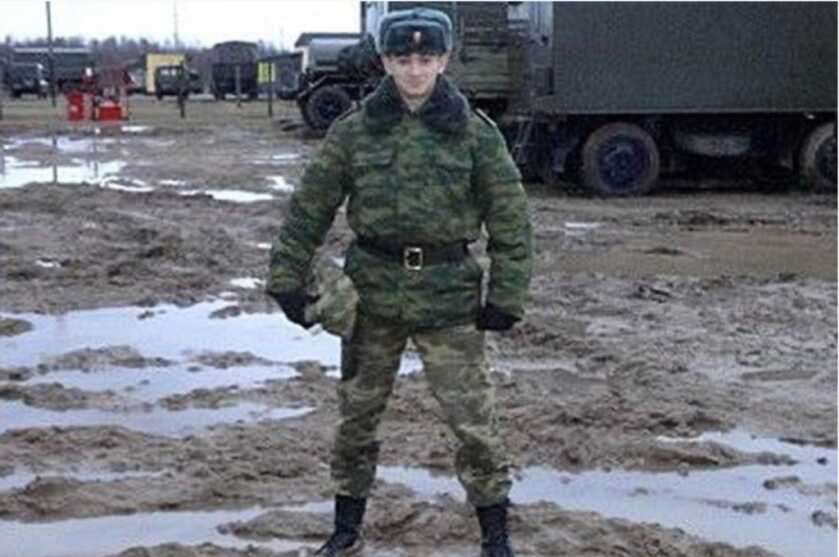
There was a purported transcript of Prokhorenko’s final transmissions that made the rounds on the Internet. This has since been reliably discredited. The Russians are notorious propagandists. However, this in no way diminishes Senior Lieutenant Prokhorenko’s selflessness and dedication.
The Weapons
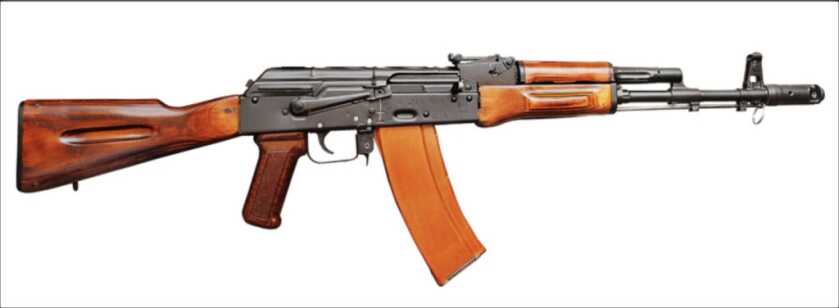
The story of the Kalashnikov rifle should be holy dogma was anyone reading stuff like this. While the AK47 and subsequent 1956-era AKM did indeed reflect the state of the art for their day, by the 1970’s the Kalashnikov and the relatively heavy 7.62x39mm round it fired were getting a bit long in the tooth. The answer was the AK74 and the 5.45x39mm cartridge.

The 5.45x39mm round fires a long, skinny 53-grain bullet to around 2,900 feet per second. While the Russians have fielded a variety of rounds in this chambering, the 7N6 is likely the most common. This bullet includes a small mild steel penetrator followed by a lead core all wrapped in a jacket made from gilding metal. Gilding metal is a form of brass that is much higher in copper than zinc. The manufacturing process leaves a small air space in the nose of the projectile underneath the jacket.

The aggregate effect is to place the center of gravity well to the rear. This causes the bullet to tumble viciously upon impact with a soft target and creates simply epic wounds. The Mujahideen who first faced this round in Afghanistan after the 1980 Soviet invasion thought the bullets contained explosives.
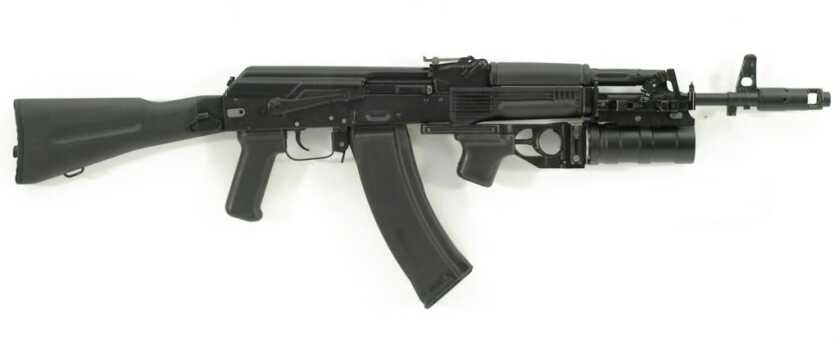
The most common assault rifle used by the Russians in Syria during this time was the AK74M. A modernized version of the original AK74, the AK74M featured a side-folding polyamide stock and a variety of tweaks to the original design to include a smooth top cover. The AK74M in Spetsnaz service frequently sported an underbarrel GP-25, GP-30, or GP-34 grenade launcher. These launchers were philosophically similar to the American M203 but loaded from the muzzle.
The Rest of the Story
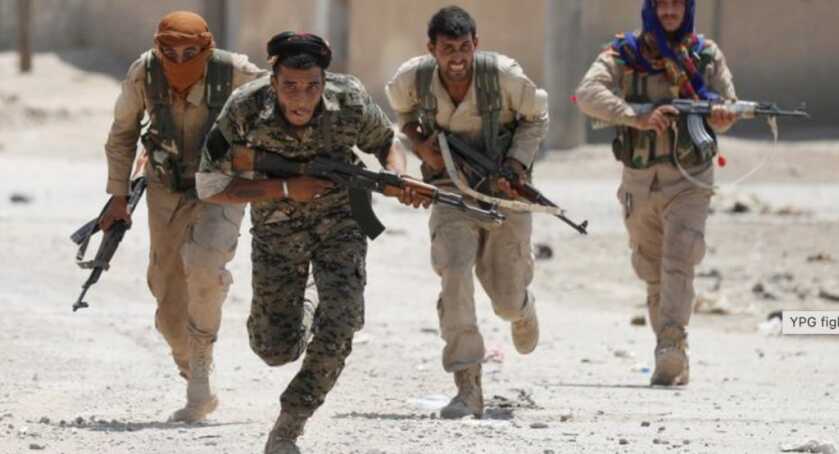
Kurdish YPG forces eventually recovered Prokhorenko’s body more than a month later. There is a rumor circulating that the Russians traded several captured fighters for Prokhorenko’s corpse. The young warrior’s body arrived in Moscow on April 29, 2016.

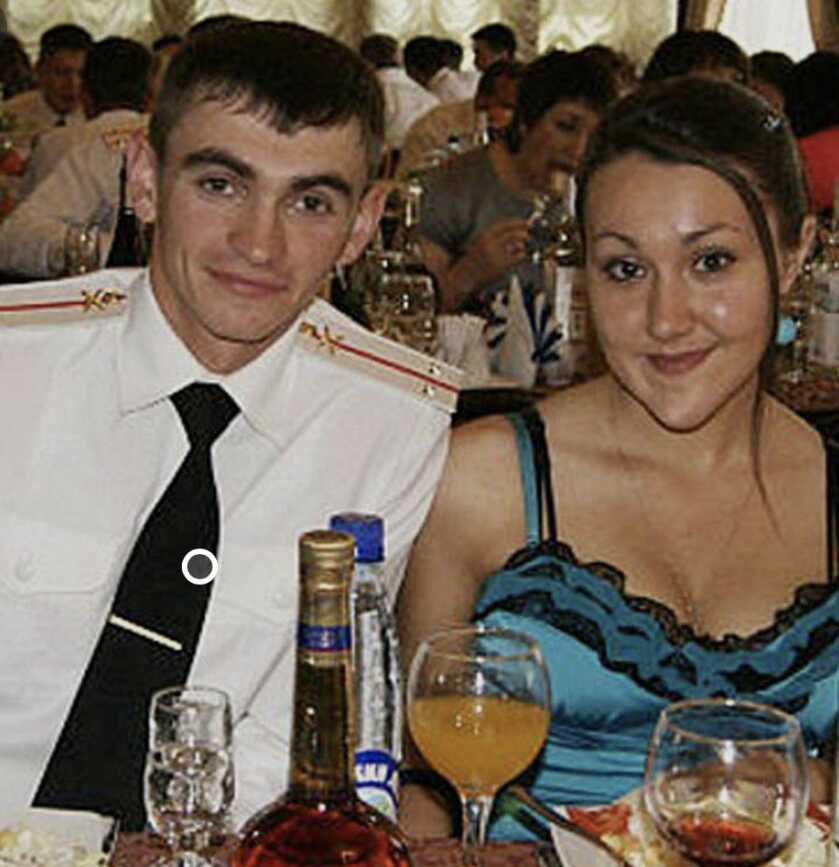
At the time of his death, Prokhorenko was married, and his wife was pregnant. A street and school have been renamed in his honor in Orenburg. In 2016 musicians from St. Petersburg’s Mariinsky Theater orchestra played in the Roman Theater at Palmyra in Syria. ISIS had used this same site to execute Syrian soldiers before they were crushed by the accumulated combat power of pretty much the entire planet. The concert was dedicated to the hallowed memory of Alexander Prokhorenko.
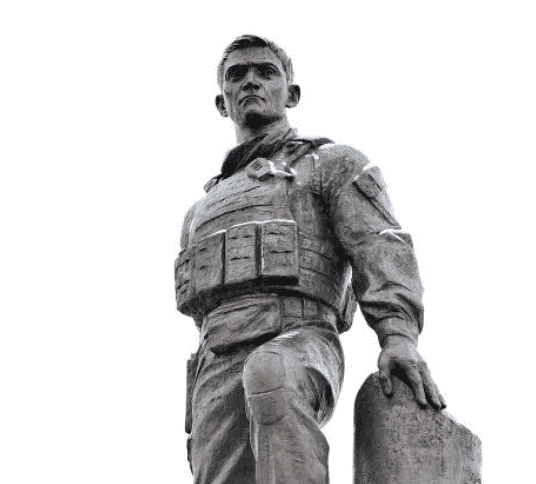
Admiration and accolades poured in from around the globe. Prokhorenko was posthumously awarded the Hero of the Russian Federation, Russia’s highest award for gallantry in combat. In September of 2017 a marble statue of Prokhorenko was unveiled in the Park of Honor and Dishonor on the shores of Lake Vagli Sotto. Prokhorenko’s legacy will no doubt motivate young Russians to go off and fight and die in their own wars for generations to come.
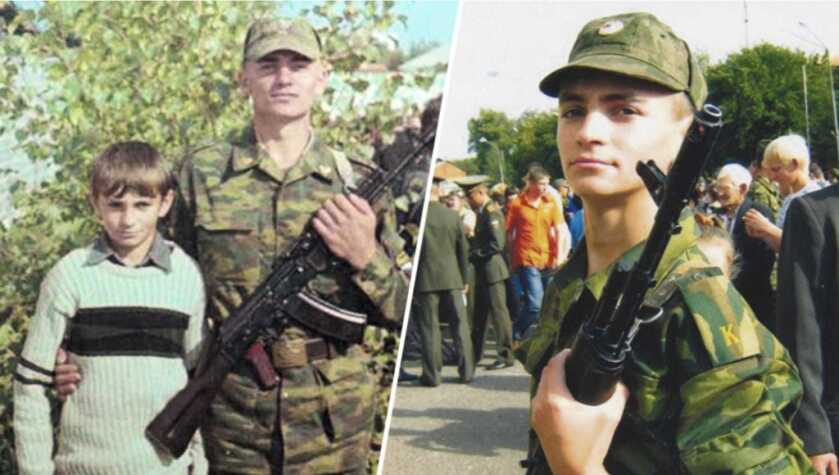
I get it. There is little I would not have done had my country asked back when I was young and full of fire and vinegar. Above all else this is the reason our politicians must make sober responsible decisions concerning the application of military power. Our young soldiers are indeed our most precious assets.


How do we know he actually called in an airstrike on himself? Knowing the Soviets… I mean Russian federation; they probably thought he was lost anyhow. So they go located is last transmission and decided to airstrike it themselves.
He sounds like a gallant, heroic man who died valiantly for his homeland. Russia has had a recent history of being led by cruel despots bent upon tyranny who used such noble men as he for their evil ends. The Russian soldiers even now engaged in the invasion of the Ukraine are no doubt, less noble warriors, but still in the service of a tyrant doing his bidding. We can only hope that few of them must die before they are defeated in their endeavors to enslave the free peoples of the Ukraine and others in Eastern Europe and elsewhere.
I cheated. I freely admit it. On log drills I cheated. I really couldn’t help it . Being a short guy when running with a log on our shoulders the taller guys took the brunt of the punishment. I just happily ran-hopped along with the squad. I wasn’t fooling my D.I. of course and he designed some extra punishment just for me- he was a short round himself.
Even though he fought under a flag that’s often not in step with the US, one has to admire the courage it took to call in a bombardment on his position, knowing full well he wouldn’t survive the strike (but neither would the approaching enemy). The level of courage and dedication is rare and exceptional. In America, that would be MOH material, just to put it in to perspective.
Grant unto this soldier eternal rest O Lord, and may perpetual light shine upon him – Amen
In international affairs, as you stated, it’s very complicated. The Syrian government is hardly an example of a country that values our democratic ideals. You would be hard pressed to find a government in that part of the world that does. Our closest allies there, Turkey and Saudi Arabia hardly live up to those ideals. At least the Syrian government, a Moslem country with a secular government, respects the the religious rights of Christians. Something that can’t be said for our “friend” Pakistan.
The mention of the explosive wounds from the 5.45 is reminiscent of the 1/12 twist M16 with M193 Ball. The M855 and 1/7 twist barrels over stabilize the round making it less effective and subject to the many calls we have heard over the years for a new cartridge.
Thanks for another great story! While I would agree with “Scott” in that he wasn’t a Rambo because, after all, Rambo always survived. He showed bravery that other people might not have. And isn’t the tumbling bullet what the 5.56×45 did so well when it first came out?! The barrel had only a 1 in 14 twist rate and when they hit soft tissue, they stopped spinning and tumbled? And then the army did what it always does and try to make things better! They upped the bullet weight and then they had to increase the twist rate to 1 in 12 until they got what they have now, 1 in 7. The stories from the reporters that went to VN in the early 60’s were when a VC got hit in the shoulder in just about took the arm off! And a neck shot? Forget about it!
“this is the reason our politicians must make sober responsible decisions concerning the application of military power” Sadly, politicians have never been able to make sober military decisions.
This guy didn’t sound like no Rambo to me at all. Sounded like he didn’t want to be burned or decapitated.
Spetsnaz, infiltrated behind enemy territory, ordering artillery over his position and you (behind your computer drinking coffe) had the nerve of judging this article. Questioning the author title of his article ? How many years in a military unit, just curiosity?
calm yo tits fish boy no time to admire a russian GO UKRAINE!
Yay, hooray for Ukraine… while our own country’s borders are being overrun and the constitution is being dismantled. Shiny objects distract well!
What is the name of his custom gun business?
Thanks for yet another well written account of a determined warrior. I wholeheartedly agree with your assessment that when the SHTF, you’re fighting for one very simple thing… those beside you. History is replete with examples of soldiers who recognized and even honored the heroics of certain enemy combatants. The fierce determination to protect one’s brothers in arms is found in the individual soldier, and exists across all geopolitical divides.